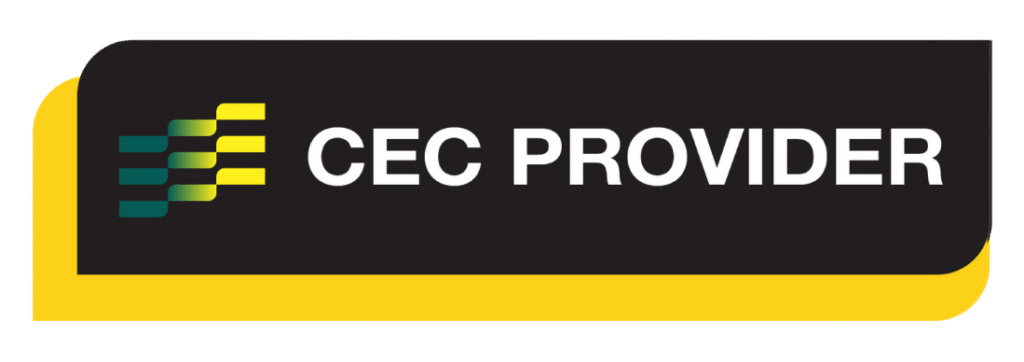Reformer Repertoire
Kneeling Arm Work Forward:
Chest Expansion and Thigh Stretch
Alternate Names
An alternate name for the Thigh Stretch component is Hinge
Derived From
Classical Reformer: Chest Expansion, and Mat Pilates: Hinge
Primary Element
Strength
Why for Primary?
To develop and build strength in the shoulder extensor muscles or when the arms sweep back behind the body
- Posterior deltoid
- Latissimus dorsi
- Teres major
To develop and build strength in the quadriceps and abdominals when leaning backwards.
Secondary Element
Stability
Why for Secondary?
To strengthen and develop control in the abdominal muscles transversus abdominis to create pelvis and torso stability whilst in a high kneeling position leaning backwards.
Tertiary Element
N/A
Why Tertiary?
N/A
Repetitions
8-10
Apparatus Setup
Suggested springs
- Number system: 1 x spring
- Colour system: 1 x red
- Resistance: light
Foam padding may be used underneath the knees to create a more comfortable position, or the exercise can be performed sitting on a Pilates box, or with the legs crossed or extended if kneeling is contraindicated or creates pain.
Plane of Motion
Sagittal
Targeted Muscles
To develop and build strength in the shoulder extensor muscles or when the arms sweep back behind the body
- Posterior deltoid
- Latissimus dorsi
- Teres major
To develop and build strength in the quadriceps and abdominals when leaning backwards.
Warnings
This exercise may be unsuitable for clients where shoulder extension, knee flexion beyond 120 degrees (for example following a knee replacement) or kneeling is contraindicated or creates pain. If painful to kneel try sitting on a Pilates box, or sitting with the legs crossed or extended.
The exercise may be difficult for clients who present with tight chests or pectoralis muscles, or limited range of motion through the shoulders, or cause shoulders to internally rotate as the arm moves back. Pectoralis release work or stretches may be beneficial before this exercise to assist with activation and range of motion.
Execution
Kneel upright facing the head rest, shoulders stacked over the pelvis and with the knees against the shoulder blocks, hands holding the short loops or ropes in line with the hip bones or thighs and fingers reaching towards the carriage.
Exhale to extend the arms behind the body, then lean back from the knees maintaining the lengthened position from shoulders to knees, inhale to return the arms to the start position then lift the body back to the starting position.
Observations
Do a body scan of the client taking note of the following points
- Head and Neck
- Is the back of the neck long and crease free? A slight retraction of the neck with the chin tucked can help avoid straining the neck forward and up
- Shoulders
- Are the shoulders lifted up and back before the arms reach back behind the torso?
- Pelvis
- Are the hip bones even horizontally or is the client leaning to one side?
- Is the client about to keep a posterior tilt throughout with engagement of the abdominals? Look for the rib cage popping forward, ideally it is kept down and in with the pelvis tucked to avoid arching in the lumbar spine
- Legs
- Is the client comfortable kneeling? If not move to a seated position
- Is the client able to lean back from the knees working the quadriceps as opposed to sitting their bottom down towards the heels?
Learning Style Technique Cues
Auditory – word associations that connect mind and body
- Aim to connect with the upper back, don’t focus on how far back the arms can go back
- Bias the pelvis towards a slight posterior tilt in order that you can avoid extending or arching the spine
- Say the client’s name when you’re about to interact with them
Visual
- Imagine the torso and legs staying completely aligned as if a pole or broomstick were behind the knees up the spine
- You may demonstrate a part of the movement as a visual representation for the client to see
Kinaesthetic
- Feel the low abdominals engage to hold the pelvis steady and avoid throwing off your balance
Modifications and Variations
Regress the exercise by
- Reducing the spring setting to one blue spring, note it may make the client feel more off-balance as there is less support from the spring
- Reducing the repetitions and/or pace
- Working on the movement but with 0.5kg hand weights or no weights to create the pattern before adding load
- Working on Kneeling Arm Work Forward: Chest Expansion
Progress the exercise by
- Increasing the repetitions and/or pace
- Increasing the spring set to one red spring and one blue spring
- Leaning back further from the knees or increasing the range of motion
- Working towards Kneeling Arm Work Forward: Open the Window
The classical variation of Chest Expansion has the client holding the arms back in shoulder extension whilst moving the head and neck and looking to the left, centre, right, and centre before returning the arms forward again.
Series and Transitions
This exercise is part of the Kneeling Arm Work Forward series which includes a range of other exercises in the progressive repertoire. The Long Box Arm Work series is known as the Pull Straps series in Classical Reformer Pilates.
Progressive repertoire
- Chest Expansion
- Chest Expansion and Thigh Stretch
- Open the Window
- Bicep Curls
- Rowing – Single

